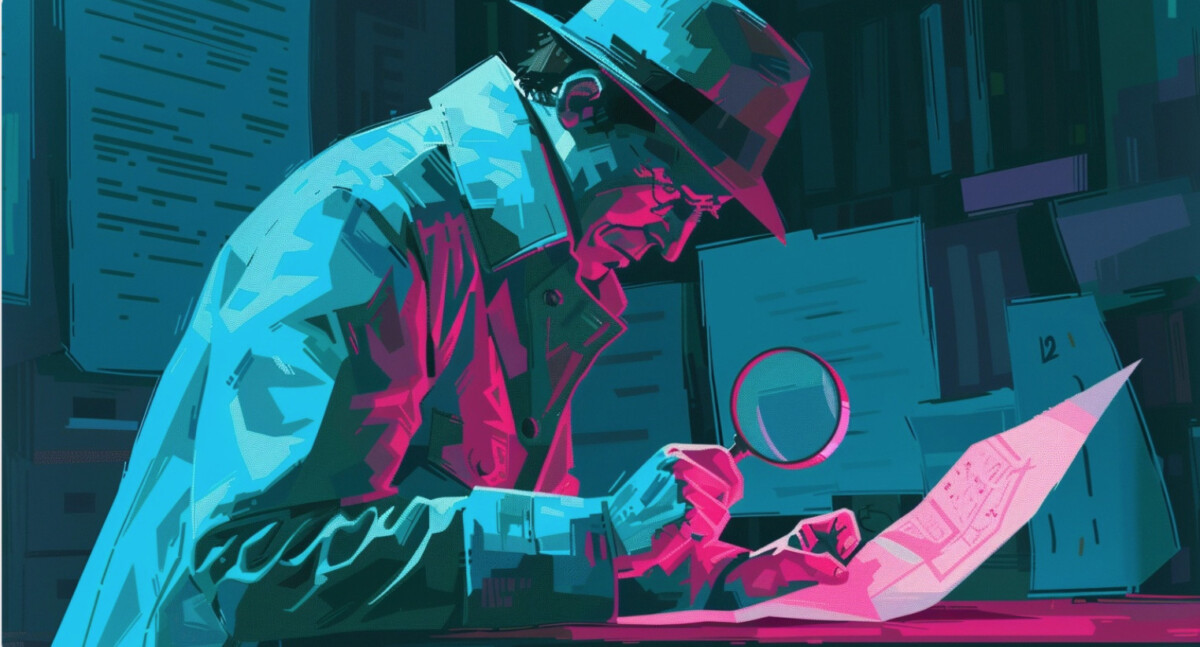OpenAI has developed a watermarking system for ChatGPT-generated text, along with a tool to detect it, sparking an internal debate about its release. While the technology is ready, concerns about its business impact cause hesitation within the company.
The Mechanism of Watermarking
Watermarking involves adjusting the AI’s word prediction to create a detectable pattern without affecting text quality. This could help educators identify AI-generated content in student assignments. A survey by OpenAI found that people globally support AI detection tools by a margin of four to one.
Key Features of OpenAI’s Watermarking
- Effectiveness: OpenAI’s watermarking is reportedly 99.9% effective.
- Bypassability: The system can be bypassed through rewording with other models.
- User Impact: Nearly 30% of ChatGPT users said they’d use the software less if watermarking were implemented.
The Internal Debate
Business Concerns
Despite its high accuracy, you can bypass the watermarking by rewording with other AI models. OpenAI is also concerned about how watermarking might affect non-native speakers who rely on AI tools.
Moreover, almost 30% of ChatGPT users indicated they would use the software less if watermarking was implemented. Some OpenAI employees believe the watermarking will be effective. However, they want less controversial, albeit unproven, methods.
Alternative Solutions
The company is exploring embedding metadata as an alternative, which could be cryptographically signed to avoid false positives. However, this technology is still in the early stages, and its success remains uncertain.
Potential Impacts on Education
Watermarking could be a game-changer for educators. Identifying AI-generated content in student assignments ensures academic integrity. However, students might find ways to bypass the system, raising questions about its long-term effectiveness.
Benefits for Educators
- Integrity: Helps maintain academic honesty.
- Identification: Makes it easier to spot AI-generated work.
- Support: Survey indicates global support for such tools.
Challenges
- Bypassing: Students could reword content using other AI models.
- Adaptation: Students and educators would need to adapt to the new system.
User Reactions and Concerns
Impact on Non-Native Speakers
Non-native speakers often rely on AI tools for assistance. Implementing watermarking might affect their ability to use these tools effectively, raising concerns about inclusivity.
Decreased Usage
Almost 30% of ChatGPT users said they would use the software less if watermarking were implemented. This highlights potential business risks and the need for careful consideration.
Exploring Metadata Embedding
As an alternative, OpenAI is looking into embedding metadata, which could be cryptographically signed to avoid false positives. This method is still in early development stages, and its effectiveness is yet to be proven.
Advantages of Metadata Embedding
- Avoids False Positives: Cryptographic signing can ensure accuracy.
- Less Controversial: Might be more acceptable to users.
Current Limitations
- Early Stages: Technology is still undergoing development.
- Unproven: Success remains uncertain.
OpenAI’s watermarking system for ChatGPT-generated text is a significant step toward transparency, but it comes with challenges. While it could help educators and ensure content integrity, concerns about its impact on non-native speakers and potential decrease in usage raise important questions.
As OpenAI explores alternative solutions like metadata embedding, the debate over the best approach to AI transparency continues.

